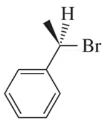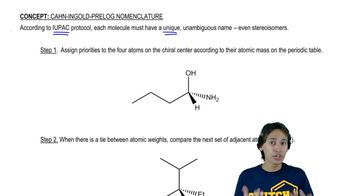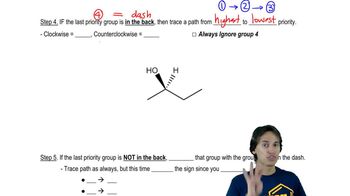Draw the structures that correspond to the following names.
(b) (3Z,8S)-8-ethyl-3-methylundec-3-en-6-yne

 Verified step by step guidance
Verified step by step guidance Verified video answer for a similar problem:
Verified video answer for a similar problem:



 1:48m
1:48mMaster Why stereoisomers need their own naming system. with a bite sized video explanation from Johnny
Start learning